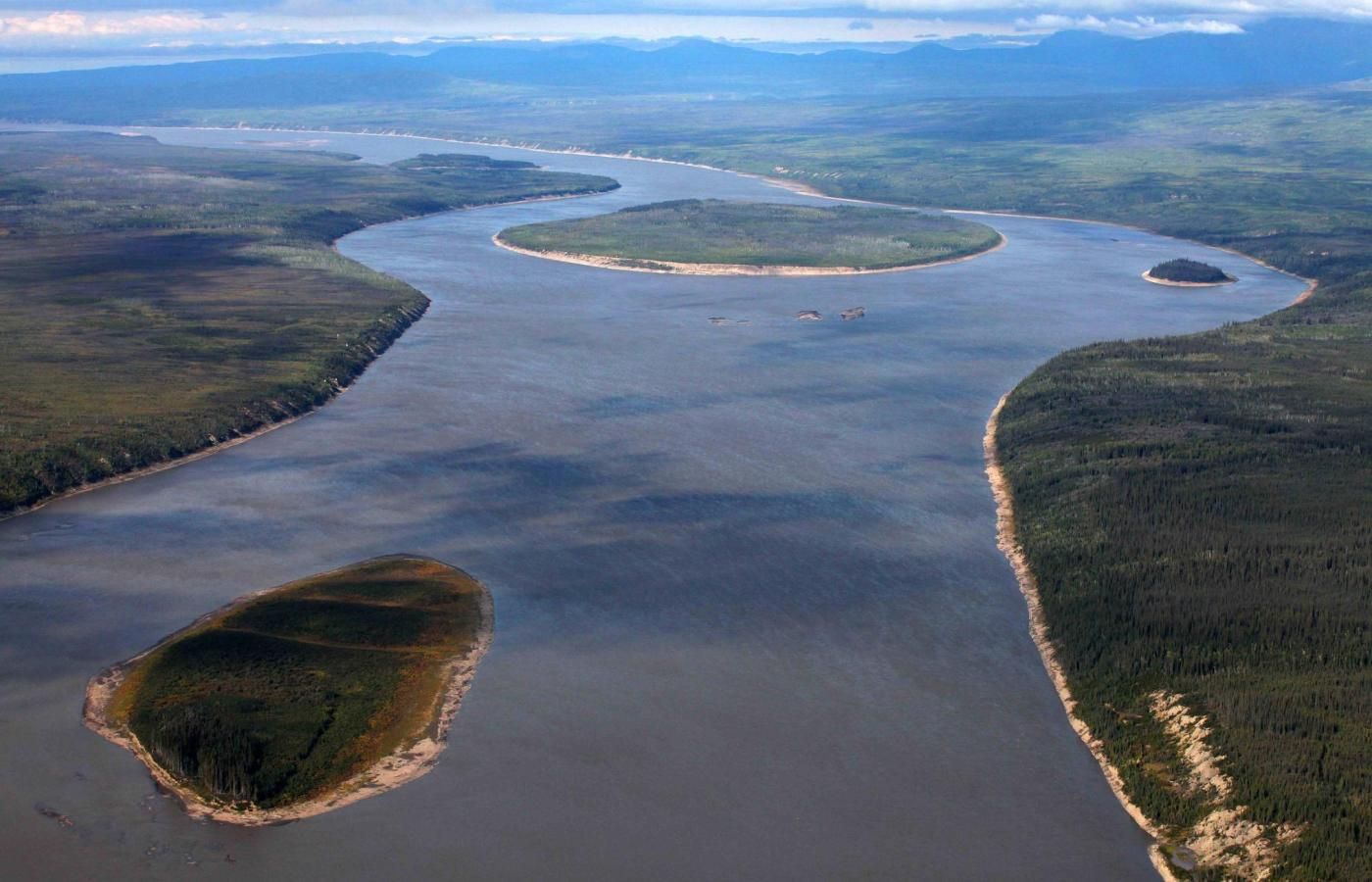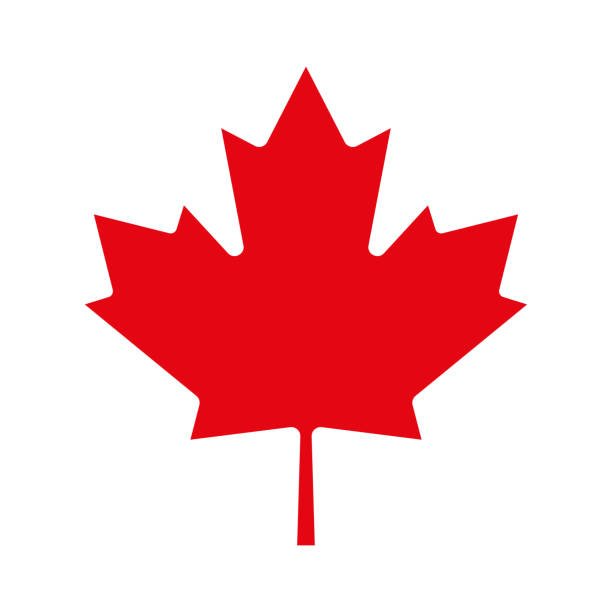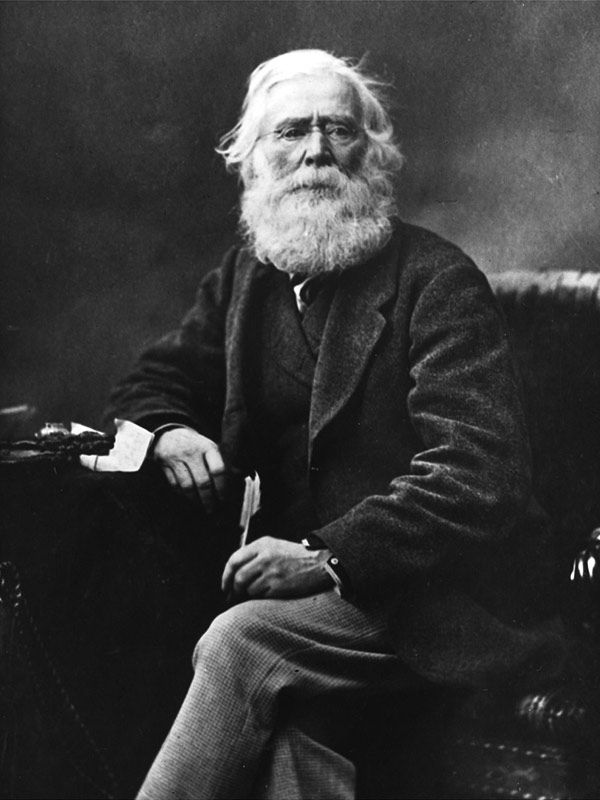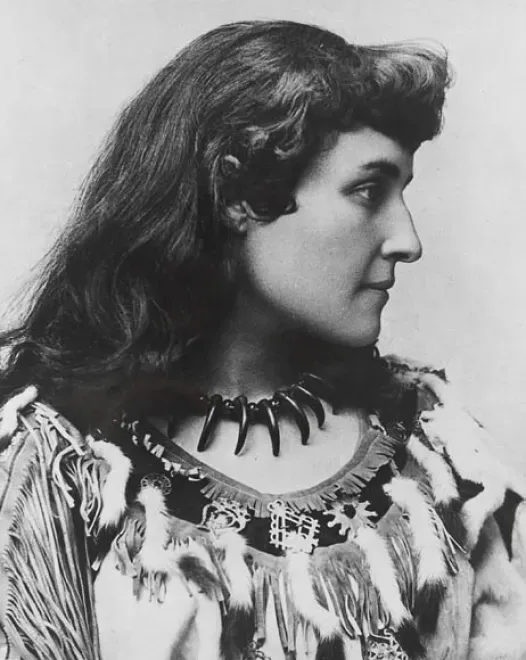Famous Canadian Citizen: Emily Carr
Emily Carr made a significant impact on Canadian culture and you will need to know about her life to pass the Canadian citizenship test.
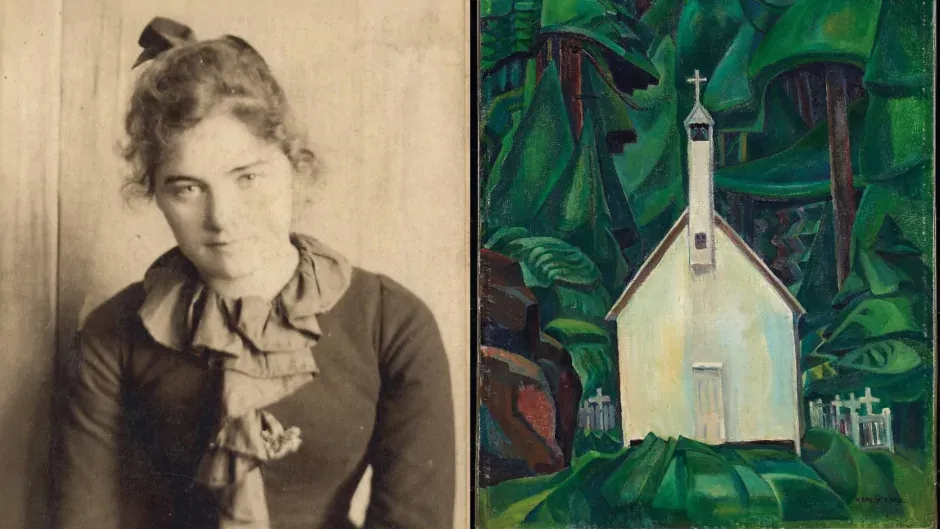
All blog articles reference persons and/or historic sites and events that are cited in the Discover Canada Study Guide and include relevant information necessary for Canadian Citizenship test preparation.
Inspired by Indigenous Peoples
Emily Carr is known as a Canadian icon for her unique Modernist and Post-Impressionist style in her paintings and also for her written works which chronicled her life in British Columbia. Her unique modern works became associated with the articulation of Canada’s national identity in the early twentieth century.
Early Life
Emily Carr was born in Victoria, B.C. in 1871, which was the year that British Columbia joined Canada. She was the second-youngest of nine children born to English parents, Richard and Emily (Sanders) Carr. The family lived in an English-style home near the legislative buildings and practiced traditional English traditions. Her mother passed away when Carr was 14 yrs old and her father passed away two years later.
Art Institutions
Carr was 19 years old when she enrolled at the San Francisco Art Institution. Two years later she returned to Victoria. She then traveled to London, England, where she studied at the Westminster School of Art. In 1910 Carr studied at the Academie Colarossi in Paris.
Works on Indigenous People
Canadian citizen Carr traveled to Aboriginal villages on the west coast of Vancouver Island and was drawn to the people and their lifestyles. For a while she lived in a village near Ucluelet. She adopted the Indigenous name Klee Wyck and she also chose it as the title of one of her works of writings.
In Vancouver, 1913, Carr held a large exhibition of her work of First Nations villages and totem poles in their original setting. She became famous for her original artistic renderings of the totem poles that spoke stories of the lives and times of the First Nations peoples.
As her fame grew, the themes of her work remained native and nature - native totem poles set in deep forest locations or sites of abandoned native villages. Later she drew the western forests, driftwood-tossed beaches and expansive skies. She spent time living in the forests to capture the depth and movement there.
Her art powerfully reflected vibrant color, active brush work that would sweep across the canvas, and later infused with mystical, animated spirits of the land.
Association with the Group of Seven
Carr met members of the famous Group of Seven at an exhibition on West Coast Aboriginal Art at the National Gallery in 1927. Lawren Harris of the Group became a particularly important supporter of Carr when he told her, “You are one of us.” The Group of Seven were at that time Canada’s most recognized modern painters who were inspired by the Canadian landscape between the years 1920-1933. The painters included: Franklin Carmichael, Lawren Harris, A.Y. Jackson, Franz Johnston, Arthur Lismer, J.E.H. MacDonald and F.H. Varley. Tom Thomson and Emnily Carr were also welcomed into the group of leading modernists.
Environmental Influences
Later in her life, Carr’s works reveal her growing anxiety about the environmental impact of industry on British Columbia’s landscape. She was especially concerned about its ecological effects and encroachment on the lives of Indigineous people. Her painting,
Odds and Ends,
shows the cleared land and tree stumps as a result of deforestation.
Emily Carr’s Legacy
Canadian Citizen, Emily Carr, has left a legacy that introduced indigenous art work to the world. Her works are still growing in popularity. She passed away March 2, 1945 in Victoria, B.C.
Emily Carr House is a vibrant cultural centre for education, exploration and mentoring. Programs provided are inspired by the themes of Emily Carr’s life. It is located in Victoria, B.C. and is open to the public for touring.
The Emily Carr University of Arts & Design located in Vancouver, B.C. bears her name and encourages individuals to explore their dreams in the world of art and design.
Joy Dirks
December, 2022
**Official Canadian Citizenship was not established until 1947. Reference made to Canadian citizenship prior to 1947 is intended to imply that these individuals were “residents” of Canada and as British subjects were “citizens” of Canada in an informal sense.
